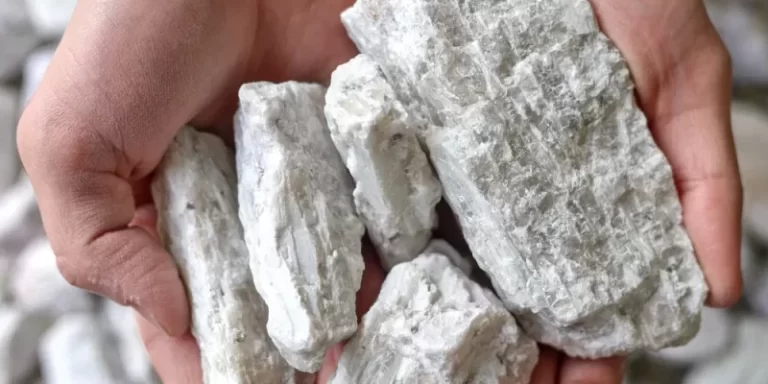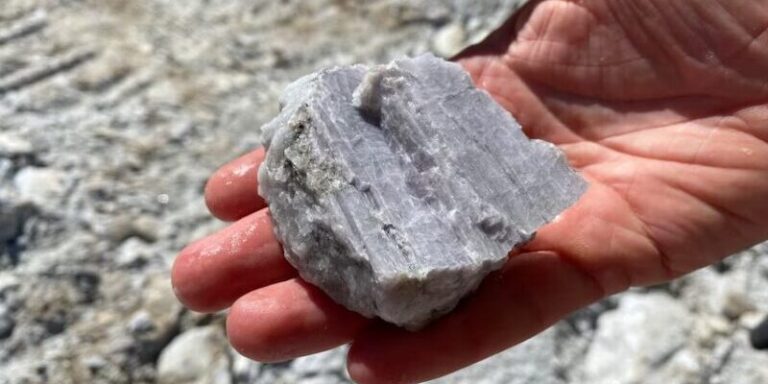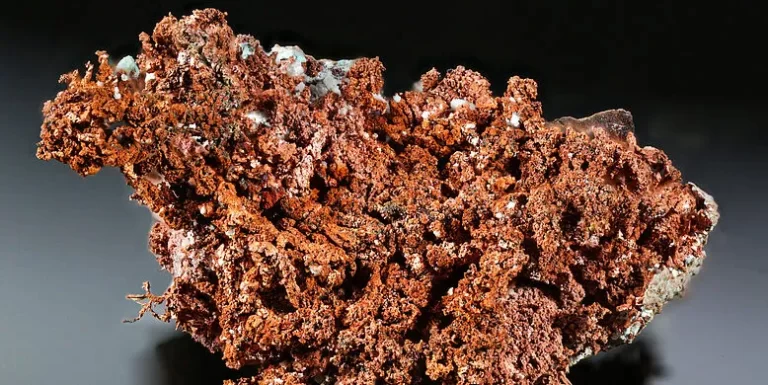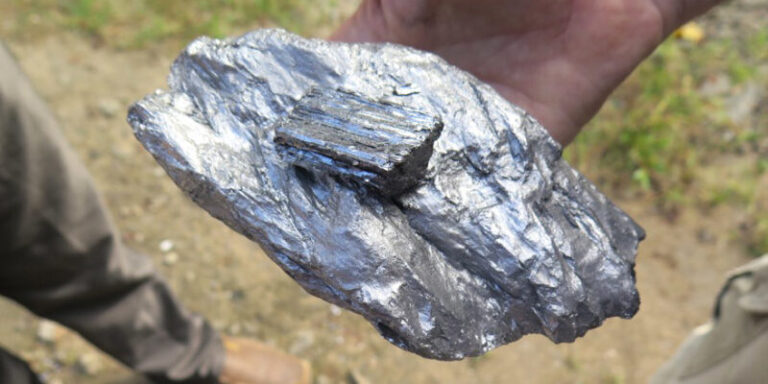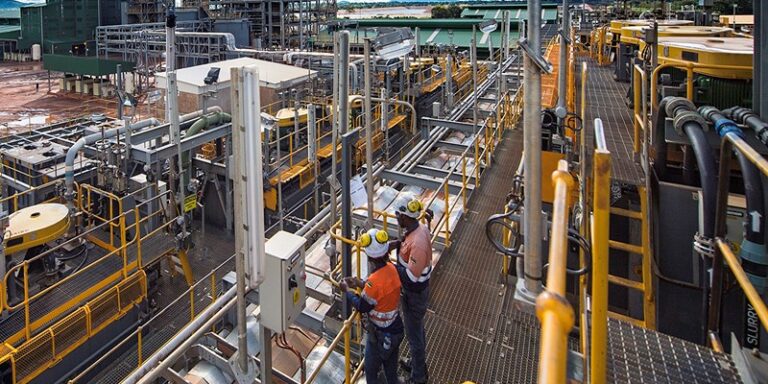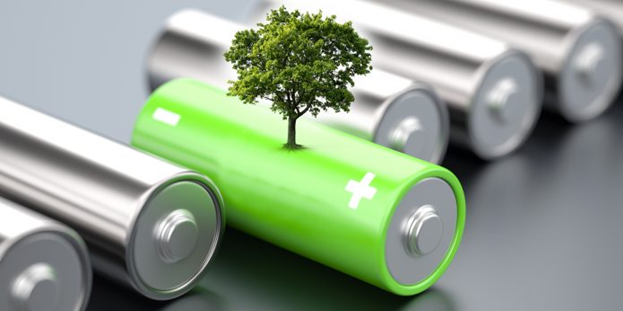
Lithium batteries use lithium as an anode to function. They are also often referred to as lithium-ion batteries.
These batteries are used by electric vehicles and other compatible electronics. The first ever prototype for these batteries was created by the British chemist known as M. Stanley. Whittingham sometime in the early 1970s. The first ever batteries used lithium and titanium as electrodes.
However, the production and application of the first samples of these batteries were limited by the high prices of titanium and the odor it emitted.
The current lithium batteries were designed and developed in 1985. The production and the physical mining processes of lithium-ion are labor-intensive processes. Its environmental impact is a result of not properly recycling lithium batteries.
Environmental Impact of Lithium Batteries
Water Pollution. Lithium mining leads to the contamination of local ecosystems and water basins which makes water consumption for people and animals in those localities harmful. The damages can be minor health damages or even death.
Increased levels of Carbon Dioxide Emission. The heavy machines that are used in the lithium extraction processes lead to an increase in carbon dioxide production and other harmful toxins are exposed to the environment in the process.
Health Respiratory Issues. Lithium-ion batteries contain chemical substances that ate harmful to human and animal respiratory systems.
Environment conservationists are usually most affected by the pollution of these chemicals as well as the people who live in the areas where lithium is extracted.
Pollution as a Result of Extraction
Due to the extraction processes, there have been instances when standards of sustainable development goals have been violated.
In addition to that, people who live in the mining site localities have had conflicts with the miners and developers.
In both the past and recent years, there have been reports of ruined farms and carcasses of dead animals identified in and around some of the mining sites.
For instance, in a small town in China, dead fish and animals were discovered in rivers that were either surrounding or near Tibetan mines.
After multiple intensive pieces of research, it was discovered that the dead animals and fish were a result of leakages from pools that were abandoned for several months and years.
Pollution as a Result of Disposal
Lithium batteries have chemicals within them such as; manganese, cobalt, and nickel which are harmful to the environment when not properly handled.
When they are exposed to water supply systems and ecosystems in general, they end up contaminating the water and destroying aquatic life.
Starting fires in landfills and battery-recycling facilities as a means of battery waste disposal is considered to pollute the air as well. In addition to that, the recycling processes of lithium batteries are expensive.
Environmental Hazards Caused by Lithium Batteries
Lithium batteries are considered safe for the environment when they do not contain any defects and are not physically damaged in any way, shape, or form. When damaged and with defects, then they are considered a hazard.
Improper application or use of lithium batteries is what causes them to be defective. For instance, when they are not stored properly, charged wrongly, or misused can cause lithium batteries to be damaged or malfunction.
Pollution Due to Lithium-ion Battery Recycling
Material recovery is usually what impacts the environment negatively. For instance, pyrometallurgy is one of the processes that demand a lot of energy resulting in the emission of GHG and other toxic fumes that contaminate the air.
In addition to that, there is usually an intermittent product called “black mass” that is hazardous and may cause serious health issues.
The pyrometallurgical recycling process is another harmful mining activity that causes environmental pollution.
Its effects destroy the ozone layer and produce photochemical which all lead to global warming. These damages can be reduced or reversed by adopting waste disposal techniques that are more environmentally friendly.
Although hydrometallurgy produces far less GHG emissions, it is still important to ensure that when waste is released into a water body is acid-free.
Hydrometallurgical recycling processes have been proven to cause environmental hazards, especially in freshwater bodies and terrestrial acidification.
Pollution due to Battery Leakage
The leakage of electrolytes in lithium batteries is usually an indication of a defect or battery malfunction. One of the big safety risks of this leakage is battery explosion.
It is important to constantly and regularly check for any minor leakages and damages to prevent the battery from exploding.
There have been environmental concerns over the years about fracking. However, there is really no particular reason why lithium batteries will replace fossil fuels, especially in the electric and transportation sectors.
Even so, the mining processes and disposal means need to be done properly in order to reduce and further eliminate pollution and environmental impact.



